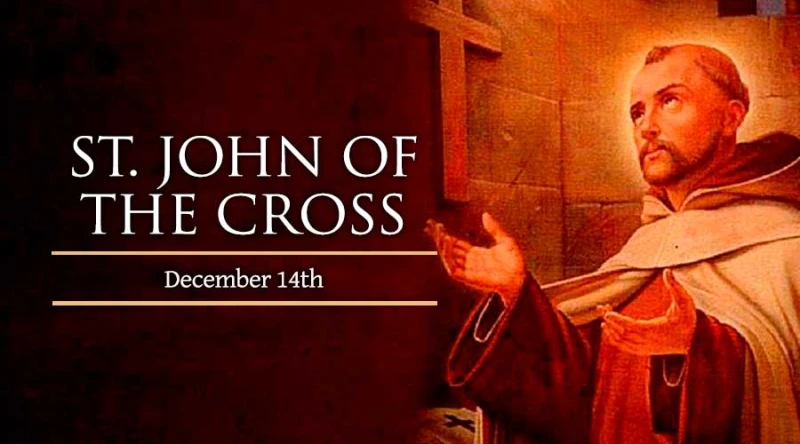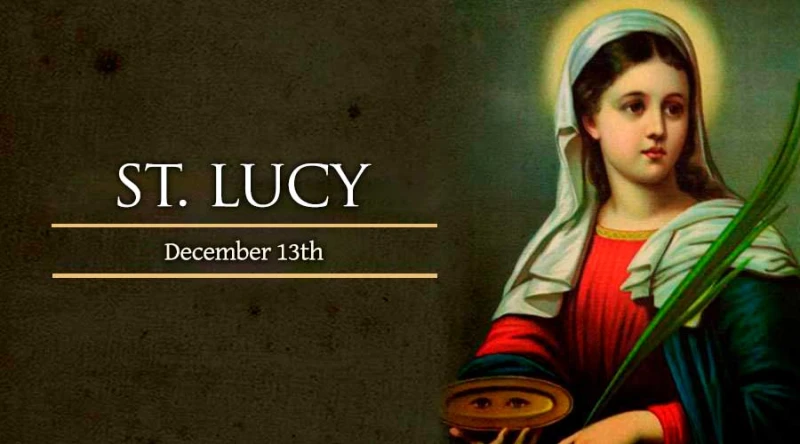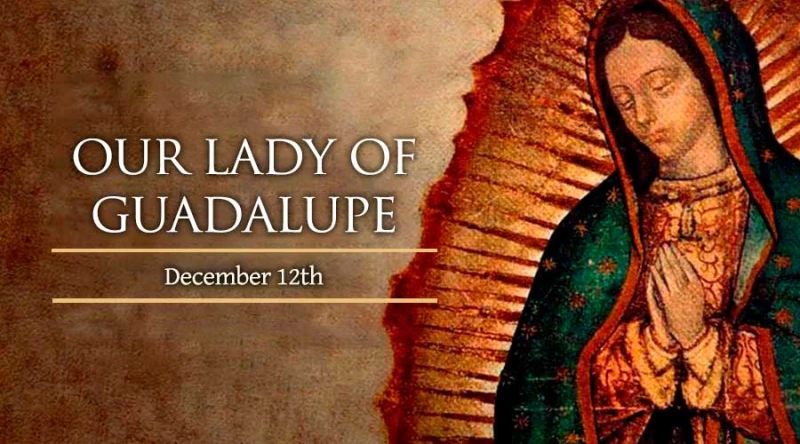Memorial of Saint John of the Cross, Priest and Doctor of the Church
- Readings for the Memorial of Saint John of the Cross, priest and doctor of the Church
Reading I Zep 3:1-2, 9-13
Thus says the LORD:
Woe to the city, rebellious and polluted,
to the tyrannical city!
She hears no voice,
accepts no correction;
In the LORD she has not trusted,
to her God she has not drawn near.
For then I will change and purify
the lips of the peoples,
That they all may call upon the name of the LORD,
to serve him with one accord;
From beyond the rivers of Ethiopia
and as far as the recesses of the North,
they shall bring me offerings.
On that day
You need not be ashamed
of all your deeds,
your rebellious actions against me;
For then will I remove from your midst
the proud braggarts,
And you shall no longer exalt yourself
on my holy mountain.
But I will leave as a remnant in your midst
a people humble and lowly,
Who shall take refuge in the name of the LORD:
the remnant of Israel.
They shall do no wrong
and speak no lies;
Nor shall there be found in their mouths
a deceitful tongue;
They shall pasture and couch their flocks
with none to disturb them.
Responsorial Psalm 34:2-3, 6-7, 17-18, 19 and 23
R. (7a) The Lord hears the cry of the poor.
I will bless the LORD at all times;
his praise shall be ever in my mouth.
Let my soul glory in the LORD;
the lowly will hear me and be glad.
R. The Lord hears the cry of the poor.
Look to him that you may be radiant with joy,
and your faces may not blush with shame.
When the poor one called out, the LORD heard,
and from all his distress he saved him.
R. The Lord hears the cry of the poor.
The LORD confronts the evildoers,
to destroy remembrance of them from the earth.
When the just cry out, the LORD hears them,
and from all their distress he rescues them.
R. The Lord hears the cry of the poor.
The LORD is close to the brokenhearted;
and those who are crushed in spirit he saves.
The LORD redeems the lives of his servants;
no one incurs guilt who takes refuge in him.
R. The Lord hears the cry of the poor.
Alleluia
R. Alleluia, alleluia.
Come, O Lord, do not delay;
forgive the sins of your people.
R. Alleluia, alleluia.
Gospel Mt 21:28-32
Jesus said to the chief priests and the elders of the people:
“What is your opinion?
A man had two sons.
He came to the first and said,
‘Son, go out and work in the vineyard today.’
The son said in reply, ‘I will not,’
but afterwards he changed his mind and went.
The man came to the other son and gave the same order.
He said in reply, ‘Yes, sir,’ but did not go.
Which of the two did his father’s will?”
They answered, “The first.”
Jesus said to them, “Amen, I say to you,
tax collectors and prostitutes
are entering the Kingdom of God before you.
When John came to you in the way of righteousness,
you did not believe him;
but tax collectors and prostitutes did.
Yet even when you saw that,
you did not later change your minds and believe him.”
– – –
Lectionary for Mass for Use in the Dioceses of the United States, second typical edition, Copyright © 2001, 1998, 1997, 1986, 1970 Confraternity of Christian Doctrine; Psalm refrain © 1968, 1981, 1997, International Committee on English in the Liturgy, Inc. All rights reserved. Neither this work nor any part of it may be reproduced, distributed, performed or displayed in any medium, including electronic or digital, without permission in writing from the copyright owner.
Memorial of Saint John of the Cross, Priest and Doctor of the Church Read More »



